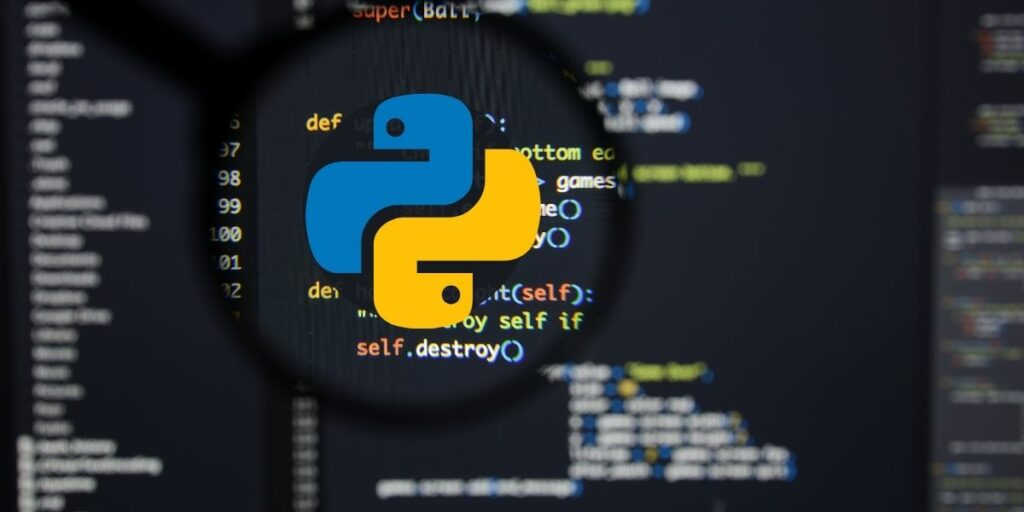
Applied Data Science Coding in Python: How to generate Correlation Matrix
A correlation matrix is a table that shows the correlation coefficients between multiple variables. It is a useful tool for understanding the relationship between different variables in a dataset. Correlation coefficient can range from -1 to 1, indicating the strength and direction of the correlation. If the correlation coefficient is positive, it means that the variables are positively correlated, meaning that as one variable increases, the other variable also increases. If the correlation coefficient is negative, it means that the variables are negatively correlated, meaning that as one variable increases, the other variable decreases.
In Python, there are several libraries that can be used to generate a correlation matrix, such as pandas, numpy, and scipy. The most common method is using the corr() function from the pandas library. It takes a DataFrame as an input and returns a correlation matrix in the form of a DataFrame, where the columns and rows are the variables and the values are the correlation coefficients.
Another method is using the corrcoef() function from the numpy library. It takes a 2D array as an input and returns a correlation matrix in the form of a 2D array, where the values are the correlation coefficients.
The scipy library also provides a method to generate correlation matrix, the pearsonr() function, which is used to calculate a Pearson correlation coefficient and the p-value for testing non-correlation. It returns two values, the correlation coefficient and the p-value.
In summary, Correlation matrix is a table that shows the correlation coefficients between multiple variables. It is a useful tool for understanding the relationship between different variables in a dataset. In Python, the most common method is using the corr() function from the pandas library, corrcoef() function from the numpy library, and pearsonr() function from the scipy library to generate correlation matrix.
In this Applied Machine Learning & Data Science Recipe, the reader will learn: How to generate Correlation Matrix.
Essential Gigs
For only $50, Nilimesh will develop time series forecasting model for you using python or r. | Note: please contact me…www.fiverr.com
For only $50, Nilimesh will do your data analytics and econometrics projects in python. | Note: please contact me…www.fiverr.com
For only $50, Nilimesh will do your machine learning and data science projects in python. | Note: please contact me…www.fiverr.com
For only $50, Nilimesh will do your gis and spatial programming projects in python. | Note: please contact me before…www.fiverr.com